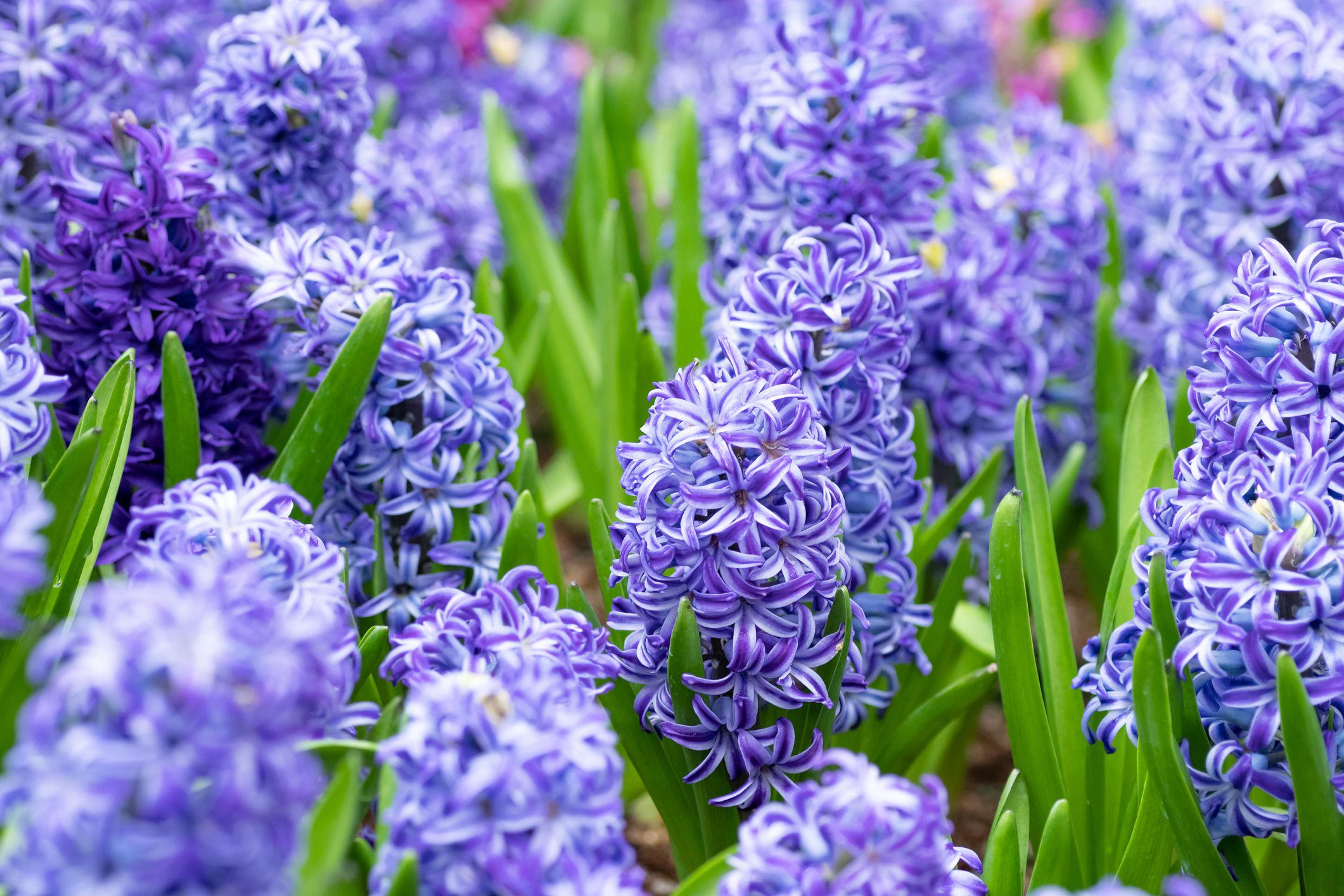With their lush, full blooms in shades of purple, pink, white, and blue, hyacinths are one of the most photographed flowers come springtime. Their striking colors, rich fragrance, and eye-catching shapes make hyacinths a favorite among gardeners and creatives alike.
If you want to capture the beauty of hyacinth flowers through photography, follow these tips and techniques for getting stunning shots of this botanical beauty.
Best Time to Photograph Hyacinths
-
Spring – Hyacinths bloom in early to mid-spring, usually March through May depending on your growing zone This is the prime time to photograph them.
-
Morning and evening – The soft, warm light during these times creates a flattering look. Avoid harsh midday light.
-
Peak bloom – Capture hyacinths when flowers are fully open. Schedule photos around the peak bloom period.
-
After rain – Drops of water on the petals and leaves enhance photos with a sparkling, fresh look.
Flattering Camera Angles and Compositions
-
Shoot from the side – This captures the tubular bell shape of the flower bloom. Avoid shooting straight on.
-
Get low – Shoot upward from ground level to emphasize the flowers against the sky.
-
Try macros – Get super close for detailed images showing the texture and patterns.
-
Include leaves – The broad green leaves complement the colorful blooms.
-
Group in bunches – Capture hyacinths in packed clusters for bold, vivid images.
Camera Settings and Equipment for Best Results
-
Use a tripod – This prevents blur and allows you to adjust settings slowly.
-
Opt for aperture priority mode – Select an f-stop of f/4 or lower to blur the background.
-
Add a polarizing filter – This intensifies colors and deepens blue skies.
-
Keep ISO low – Try ISO 100-400 for sharp, crisp images.
-
Manual focus mode – Carefully focus on the closest flower using live view zoom.
Post Processing and Editing Techniques
-
Boost contrast slightly – This makes the colors pop.
-
Increase vibrance – This intensifies the purple, pink, and blue tones.
-
Add a vignette – This draws the eye to the flowers.
-
Convert to black and white – For an artistic, timeless look.
-
Hand tint just the blooms – Try coloring flowers pink, blue, or purple.
Creative Ideas for Standout Hyacinth Photos
-
Macro abstraction – Get artistic with super close-up parts of a bloom.
-
Bouquets – Shoot hyacinths in vases for a studio look.
-
Flower crowns – Adorn models in hyacinth crowns for whimsical spring portraits.
-
Soft focus – Use lens filters or digital effects to create a dreamy feel.
-
Still life – Arrange hyacinths with props like teacups or books.
-
Reflections – Shoot blooms reflected in water for cool mirrored effects.
Pro Tips for Photographing Potted Hyacinths
-
Use plain, solid colored pots – This keeps focus on the flowers.
-
Choose pots with a narrow opening – These naturally frame blooms at the top.
-
Place potted plants on steps – The varied heights create dynamic compositions.
-
Add props – Surround pots with natural elements like moss or stones.
-
Shoot against soft backgrounds – Try a muted wall or fabric for a clean look.
-
Take photos from multiple angles – Capture side, 3/4, and overhead perspectives.
Common Problems and How to Avoid Them
-
Too bright – If hyacinths lack detail, use exposure compensation or flash to fill in shadows.
-
Motion blur – Make sure to stabilize your camera and use a fast shutter speed.
-
Distracting backgrounds – Move potted plants around to find clean backdrops free of clutter.
-
Harsh midday light – Shoot in morning or afternoon for ideal lighting.
-
Lack of depth – Lower your aperture for a blurred background that accentuates flowers.
-
Washed out colors – Photograph in cloudy weather or shade for rich, vivid hues.
With a little planning and the right techniques, you can capture stunning photos that convey the vibrant elegance of hyacinth blooms. Follow this guide and you’ll have gorgeous images to share and enjoy for years to come!
Amazing and Most Beautiful Hyacinth Flowers Pictures
- The Ultimate Guide to Growing Strawberries in Raised Beds - August 8, 2025
- No-Dig Garden Beds: The Easiest Way to Grow a Beautiful Garden - August 6, 2025
- How to Protect and Preserve Wood for Raised Garden Beds - August 6, 2025

